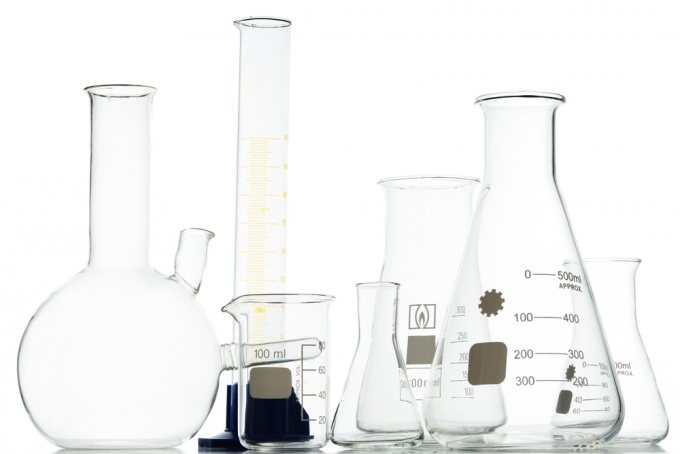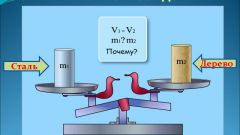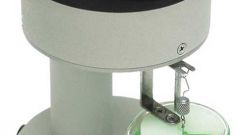Instruction
1
Order of mass to volume, you must know the density of the substance. The density indicates how much mass of a substance is placed in a given volume. Body of the same mass but different densities will have different volumes.
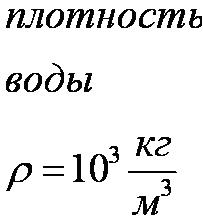
2
Translate available data (mass, density) in standard SI units. Mass must be in kg, density in kilograms per cubic meter.
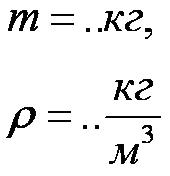
3
To find volume, use the physical formula that shows the relationship between mass, density and volume. Get the amount in the standard SI unit - cubic meterH.
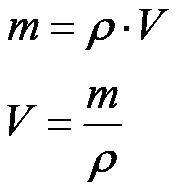
4
A liter is a unit. 1 liter equal to 1 cubic decimeter, or one thousandth of 1 cubic meter.

5
To convert cubic meters to liters, you should multiply by a thousand. But then to convert liters to milliliters, divide by a thousand. Therefore, the obtained value of volume in cubic meters is numerically equal to the desired value of the volume in milliliters.

6
Write down the answer.
